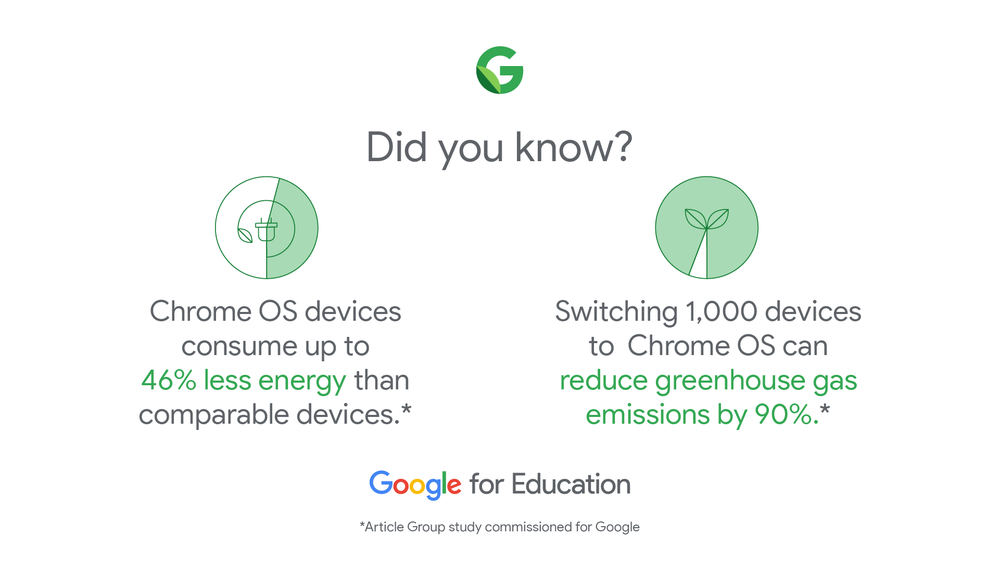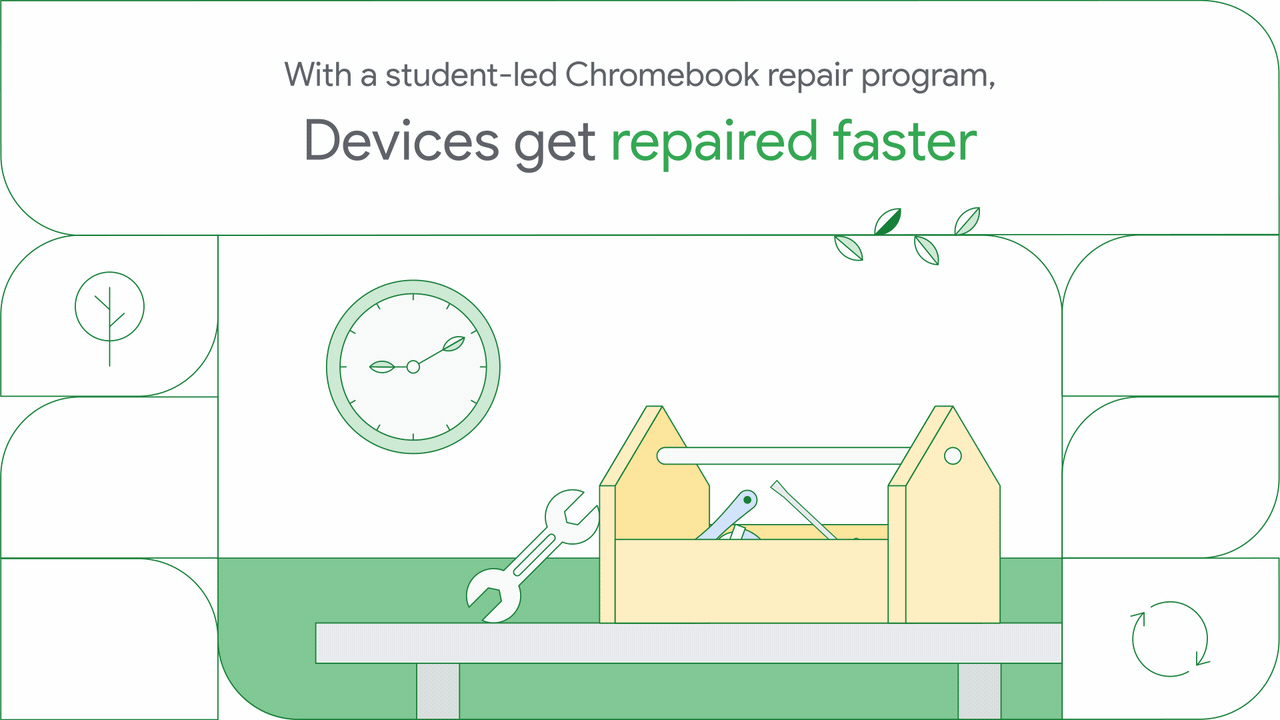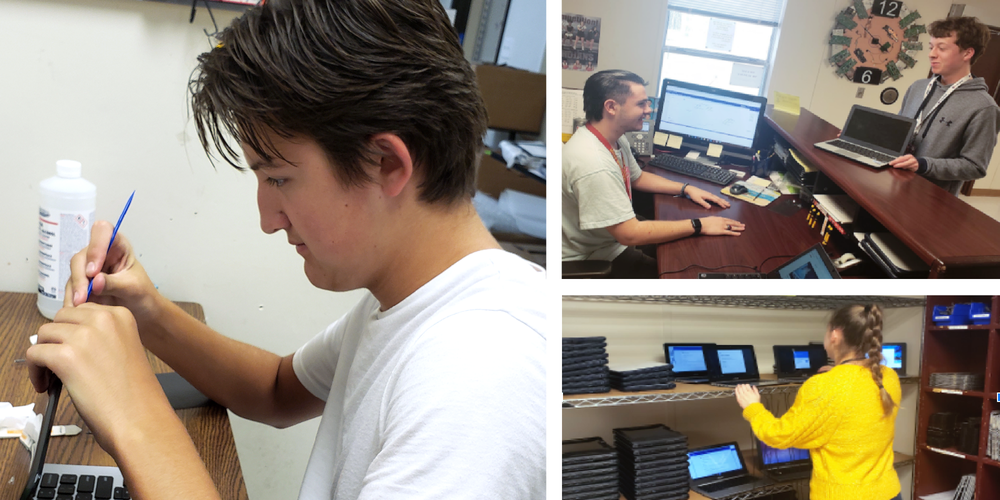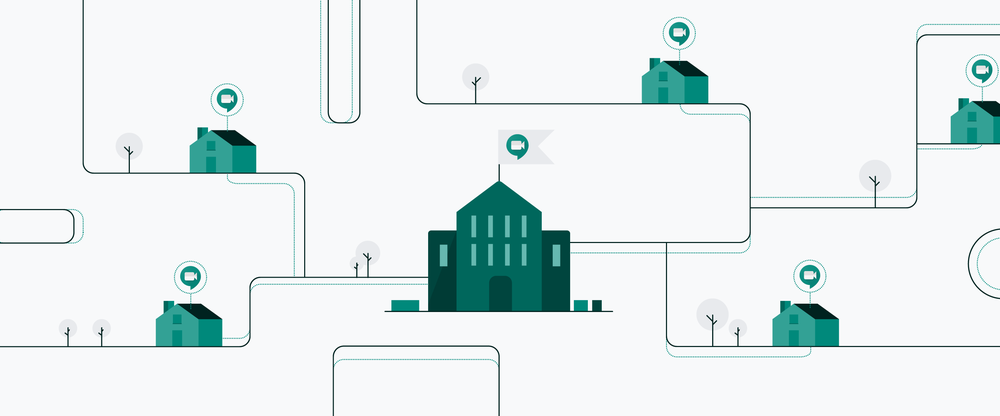As educators and IT administrators prepare for potential school closures due to COVID-19, we’re offering free access to advanced Hangouts Meet features, as well as resources and tips for teaching classes remotely.
School admins can quickly and securely prepare their school's Chromebooks to go home with students. Educators and IT administrators can also use our new resource hub to find materials, resources and training—and we'll continue adding to this as additional resources become available.
Sending Chromebooks home for distance learning
Chromebooks are remotely managed through the Google Admin console, making it simple for schools and IT administrators to deploy and manage thousands of devices. There’s no need to manually install software or login to a device to apply settings—admins simply flip a switch online and every device updates its applications and settings automatically. These same capabilities make it just as easy to turn school-based Chromebooks into take-home devices for students to continue learning in times of need. For example:
For more information, please see our Help Center article on how to
prepare Chromebooks for e-learning days at home.
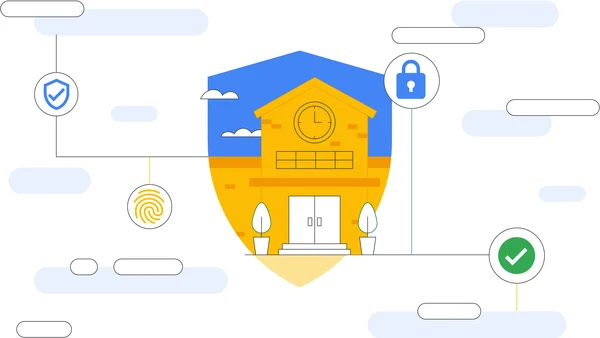 Our K-12 Cybersecurity Guidebook includes tips and best practices for IT admins preparing for the school year.
Our K-12 Cybersecurity Guidebook includes tips and best practices for IT admins preparing for the school year.
 Our K-12 Cybersecurity Guidebook includes tips and best practices for IT admins preparing for the school year.
Our K-12 Cybersecurity Guidebook includes tips and best practices for IT admins preparing for the school year.
 We’ve partnered with the Mongolian government to help provide Chromebooks, ChromeOS Flex and teacher training.
We’ve partnered with the Mongolian government to help provide Chromebooks, ChromeOS Flex and teacher training.
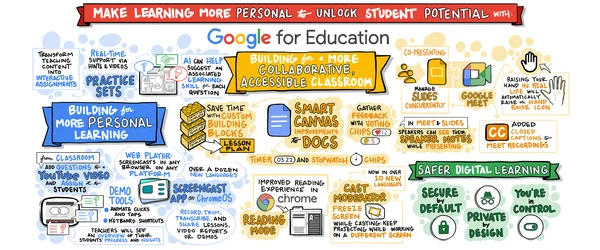 At Bett 2023, we’re sharing our vision for the future of education, announcing new updates around Google Workspace, Chromebooks and Chrome, and discussing advances in AI…
At Bett 2023, we’re sharing our vision for the future of education, announcing new updates around Google Workspace, Chromebooks and Chrome, and discussing advances in AI…
